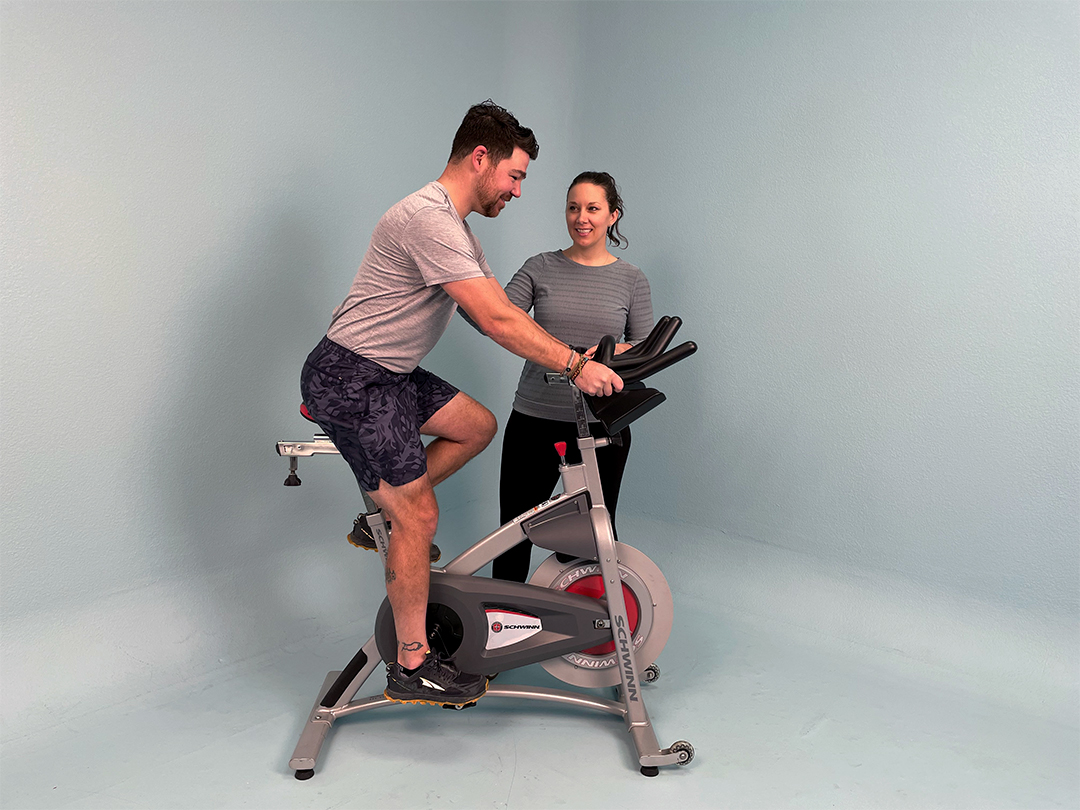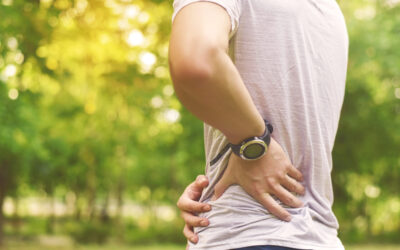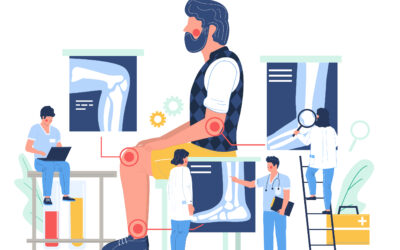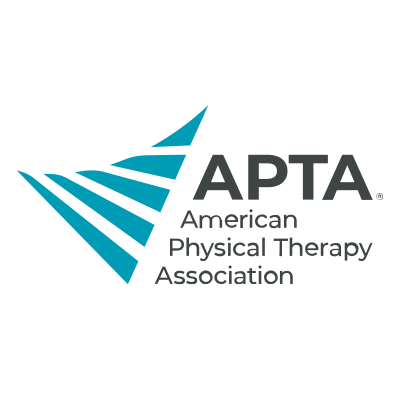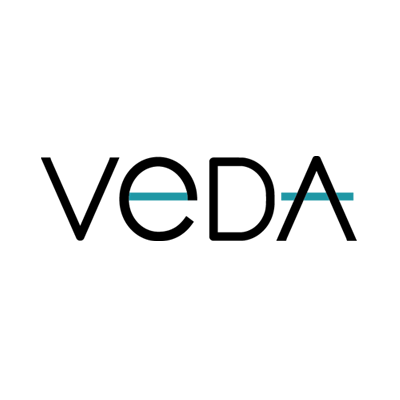Tendinitis: What is it?
Tendinitis is the inflammation of a tendon (the junction between your muscle and the bone it attaches to), often caused by overuse of that tendon. This type of injury is common after return to exercise after an extended time of not exercising. It is also common when a person performs a repetitive task that their body isn’t used to (raking in the fall, pruning, etc.).
Tendinitis is characterized by pain, swelling and tenderness. It is most common in the following locations: the elbow (forearm flexor/extensor tendons), ankle/heel (achilles tendon), the shoulder (rotator cuff), hip (gluteal tendon), and knee (patellar tendon).
On the Road to Recovery: How to Help Yourself Heal
If you think you may have a tendinitis, here are some things that can help you recover:
Rest. Maybe not your whole body, but the painful area needs rest. Avoid tasks that increase your pain. If the pain calms down gradually return to use of that body part, starting with shorter durations or vigor of use and gradually building up.
Cardio. Consider continuing cardiovascular exercise in a way that doesn’t stress the painful area. This can ensure that nutrients from the healthy food you are eating make it to the inflamed area so that it heals quickly.
Manage your swelling. Ice, elevation and light compression applied with an elastic ACE bandage when possible are all good ways to help reduce swelling. Paired with rest, it could take only a few days to calm down an acute inflammatory problem like tendinitis. Remember that if you apply compression, it should not be tight enough to cause pain or numbness.
Consider a brace. There are straps and braces specific for several tendon problems. Your physical therapist can help guide you in finding the right one.
See a Physical Therapist. We can help figure out which tendon is inflamed and help you reduce the inflammation. We can also design a progressive resistance exercise program to safely restore strength in the associated muscle. Research has shown that manual physical therapy, therapeutic exercise, stretching, taping strategies and select therapeutic modalities have positive effects for tendinitis.
References
1. ROBROY L. MARTIN, PT, PhD et al. Achilles Pain, Stiffness, and Muscle Power Deficits: Midportion Achilles Tendinopathy Revision 2018. https://www.jospt.org/doi/pdfplus/10.2519/jospt.2018.0302
2. Tendinitis or Tendinosis? Why the Difference Is Important, What Treatments Help. https://health.clevelandclinic.org/tendinitis-tendinosis-differenceimportant-treatments-help/

